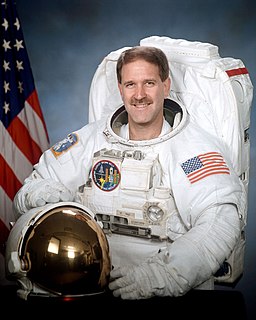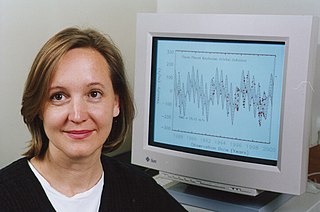A Quote by Johannes Kepler
Related Quotes
But what exceeds all wonders, I have discovered four new planets and observed their proper and particular motions, different among themselves and from the motions of all the other stars; and these new planets move about another very large star [Jupiter] like Venus and Mercury, and perchance the other known planets, move about the Sun. As soon as this tract, which I shall send to all the philosophers and mathematicians as an announcement, is finished, I shall send a copy to the Most Serene Grand Duke, together with an excellent spyglass, so that he can verify all these truths.
What is there in places empty of matter? and Whence is it that the sun and planets gravitate toward one another without dense matter between them? Whence is it that Nature doth nothing in vain? and Whence arises all that order and beauty which we see in the world? To what end are comets? and Whence is it that planets move all one and the same way in orbs concentrick, while comets move all manner of ways in orbs very excentrick? and What hinders the fixed stars from falling upon one another?
When I grew up as a kid, we didn't know there were any other planets outside of our own solar system. It was widely speculated that planet formation was an incredibly rare event and that it's possible that other planets just don't exist in our galaxy, and it's just this special situation where we happen to have planets around our sun.
I think most of my approach to life has been like that, to find order in chaos, to be in the middle of a bunch of things happening at the same time, but find focus. I strive to be like the sun sitting in the middle of the solar system with all the planets spinning around it - millions of things going on. It's just sitting there being the sun, but exerting gravitational effect on everything. I think man should look at himself that way.
Hence I feel no shame in asserting that this whole region engirdled by the moon, and the center of the earth, traverse this grand circle amid the rest of the planets in an annual revolution around the sun. Near the sun is the center of the universe. Moreover, since the sun remains stationary, whatever appears as a motion of the sun is really due rather to the motion of the earth.
It is a matter of common knowledge among mystics that the evolutionary career of mankind is indissolubly bound up with the divine hierarchies, who rule the planets and the signs of the Zodiac, and that the passage of the Sun and the planets through the twelve signs of the Zodiac, marks man's progress in time and in space.





































